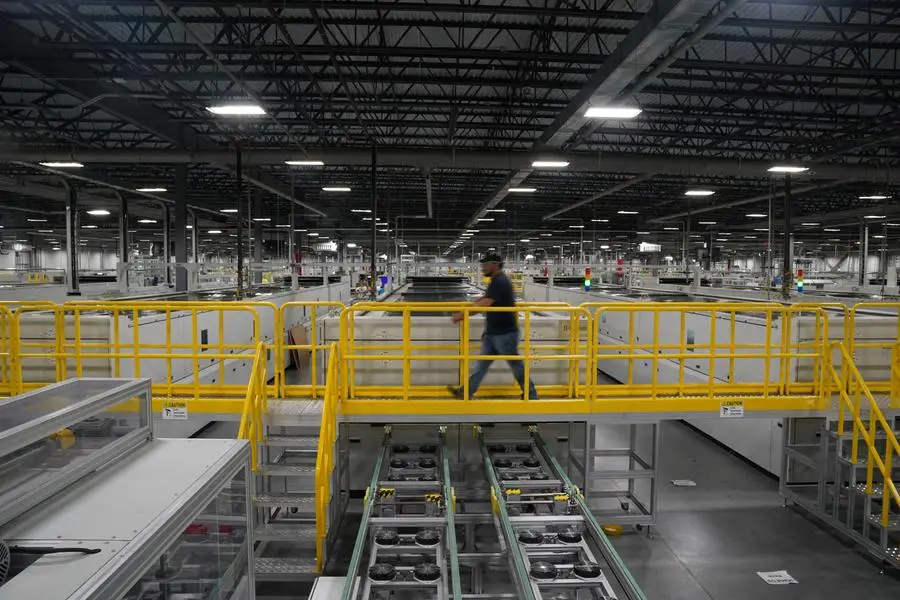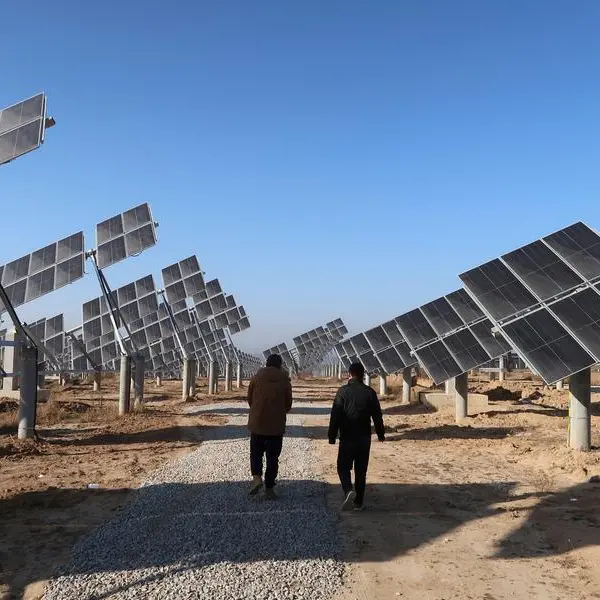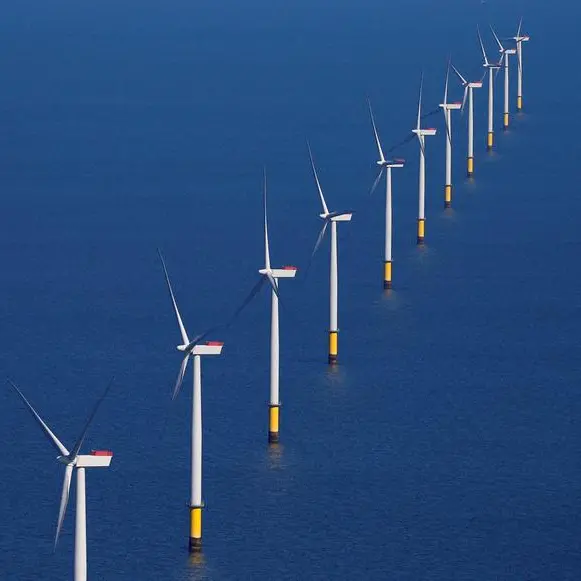PHOTO
An employee works on solar panels at the QCells solar energy manufacturing factory in Dalton, Georgia, U.S., March 2, 2023. REUTERS/Megan Varner Image used for illustrative purpose.
(The opinions expressed here are those of the author, a columnist for Reuters.)
LONDON - U.S. manufacturing production has barely increased since before the pandemic, which explains why diesel consumption remains anaemic and has not rebounded in line with expectations at the start of the year.
Production increased by a faster-than-expected 0.9% in May after seasonal adjustments, but that followed back-to-back declines of 0.4% in April and 0.1% in March, according to estimates compiled by the Federal Reserve.
Output was essentially unchanged compared with a year ago and there had been no significant net growth since 2018.
U.S. manufacturing has rebounded from the trade war with China in 2018 and the pandemic in 2020 but output is no higher than before those disruptions.
The Federal Reserve measures production in volume terms but the same limited growth is also apparent in value-added measures prepared by the U.S. Bureau of Economic Analysis.
Inflation-adjusted manufacturing value-added was worth $2.29 trillion in 2023 up from $2.21 trillion in 2018, an increase of just $77 billion over five years.
Real manufacturing value-added has increased at a compound annual rate of only 0.7% since 2018, well below whole-economy growth of 2.1% and private sector growth of 2.3%.
For all the talk about a manufacturing renaissance, the sector’s share of whole-economy value-added fell to 10.2% in 2023 from 11.0% in 2018.
Chartbook: U.S. manufacturing production
More than three-quarters of all diesel and other distillate fuel oils are consumed by road and rail freight hauliers as well as industrial users.
Given flat-lining manufacturing activity, it is no surprise the volume of distillate fuel oil supplied to the domestic market has shown almost no growth since 2018.
The total volume of distillates from both petroleum and renewable sources supplied to U.S. customers was up by just 42,000 barrels per day (b/d) or 1% in 2023 compared with 2018.
Distillates supplied from petroleum sources actually fell by 213,000 b/d (5%) as more fuel was supplied by biodiesel and renewable diesel fuel.
Distillate consumption is also being hit by gradual conversion of residential and commercial heating systems from heating oil to natural gas.
On top of that, the exceptionally mild winter in 2023/24 took a further bite out of distillate consumption over the last 12 months.
Since the start of 2024, the manufacturing sector finally appears to have been pulling out of a long but shallow downturn in 2022 and 2023, but the recovery has been too weak to give much of a boost to diesel use.
U.S. manufacturing production is not growing fast enough to offset the loss of petroleum demand to biofuels and efficiency improvements.
The U.S. Energy Information Administration is not forecasting any significant net growth in distillate consumption in 2024 or 2025 (“Short-term energy outlook”, EIA, June 11).
The U.S. manufacturing sector’s torpor is one of the factors that have caused global petroleum consumption to undershoot predictions at the start of the year and led to the pull back in oil prices.
John Kemp is a Reuters market analyst. The views expressed are his own. Follow his commentary on X https://twitter.com/JKempEnergy























